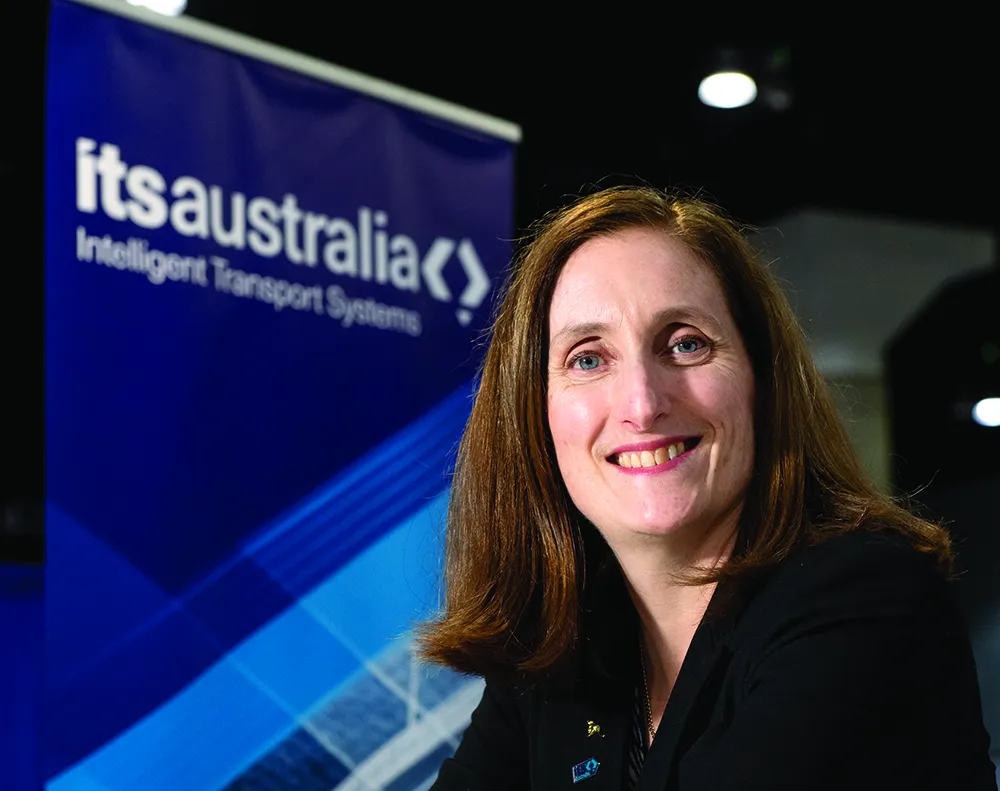Advanced infotainment systems, over-the-air (OTA) updates, big data analytics, mobility services and in-car security are key technologies that will shape the global connected car market in 2015. Human machine interface (HMI) input and output solutions, as well as, heads up display (HUD) are set to take centre stage. However, car makers must create consumer-centric HMI solutions that will strike a balance between reducing driver distraction and meeting consumer need for connected services.
New analysis f
May 22, 2015
Read time: 3 mins
Advanced infotainment systems, over-the-air (OTA) updates, big data analytics, mobility services and in-car security are key technologies that will shape the global connected car market in 2015. Human machine interface (HMI) input and output solutions, as well as, heads up display (HUD) are set to take centre stage. However, car makers must create consumer-centric HMI solutions that will strike a balance between reducing driver distraction and meeting consumer need for connected services.
New analysis from2097 Frost & Sullivan, 2015 Outlook of the Global Connected Car Market, finds that with 90 per cent of original equipment manufacturers (OEMs) in North America having deployed connected telematics solutions, making it the leading market for associated innovations. With over 20 launches in the last two years, China is becoming the second interesting region from a deployment standpoint, while mandates around eCall, vehicle safety and driver distraction will act as catalysts for telematics use in Europe.
“While embedded connectivity is on the rise due to specific regulations related to telematics, shared data plans and smartphone-based connectivity will also gain prominence in the global mass market,” said Frost & Sullivan Automotive & Transportation research analyst Ramnath Eswaravadivoo. “OEMs wanting to compete with free smartphone-based navigation solutions are offering connected capabilities with dynamic re-routing, real-time traffic and point of interface services.”
Since 2G connections are likely to be discontinued in North America by 2017, the seamless running of networks with 3G and 4G coverage will prove to be a rigorous task. In addition, consumers are unwilling to pay extra for in-car long-term evolution (LTE) connections, and the penetration of LTE in mobile handsets remains slow. Nevertheless, 4G LTE networks are expected to cover over 60 percent of the world’s population by 2020, generating new revenue possibilities.
OTA updates are becoming critical to providing a smooth end-user experience, thus the security aspect gains extreme importance and poses yet another challenge. Security must evolve from offering feature-level safety to delivering in-vehicle and back-end protection, covering multiple areas such as OTA, connected services, user data protection and virtualization.
“Meanwhile, the large-scale acceptance of big data and predictive analytics will bring in new service and revenue opportunities,” added Frost & Sullivan Automotive & Transportation research manager Praveen Chandrasekar. “Harnessing vehicle data into the next generation of advanced diagnostics will enable OEMs to lengthen customer relationships to more than three years and tap into the longer-term maintenance and service business.”
New analysis from
“While embedded connectivity is on the rise due to specific regulations related to telematics, shared data plans and smartphone-based connectivity will also gain prominence in the global mass market,” said Frost & Sullivan Automotive & Transportation research analyst Ramnath Eswaravadivoo. “OEMs wanting to compete with free smartphone-based navigation solutions are offering connected capabilities with dynamic re-routing, real-time traffic and point of interface services.”
Since 2G connections are likely to be discontinued in North America by 2017, the seamless running of networks with 3G and 4G coverage will prove to be a rigorous task. In addition, consumers are unwilling to pay extra for in-car long-term evolution (LTE) connections, and the penetration of LTE in mobile handsets remains slow. Nevertheless, 4G LTE networks are expected to cover over 60 percent of the world’s population by 2020, generating new revenue possibilities.
OTA updates are becoming critical to providing a smooth end-user experience, thus the security aspect gains extreme importance and poses yet another challenge. Security must evolve from offering feature-level safety to delivering in-vehicle and back-end protection, covering multiple areas such as OTA, connected services, user data protection and virtualization.
“Meanwhile, the large-scale acceptance of big data and predictive analytics will bring in new service and revenue opportunities,” added Frost & Sullivan Automotive & Transportation research manager Praveen Chandrasekar. “Harnessing vehicle data into the next generation of advanced diagnostics will enable OEMs to lengthen customer relationships to more than three years and tap into the longer-term maintenance and service business.”








